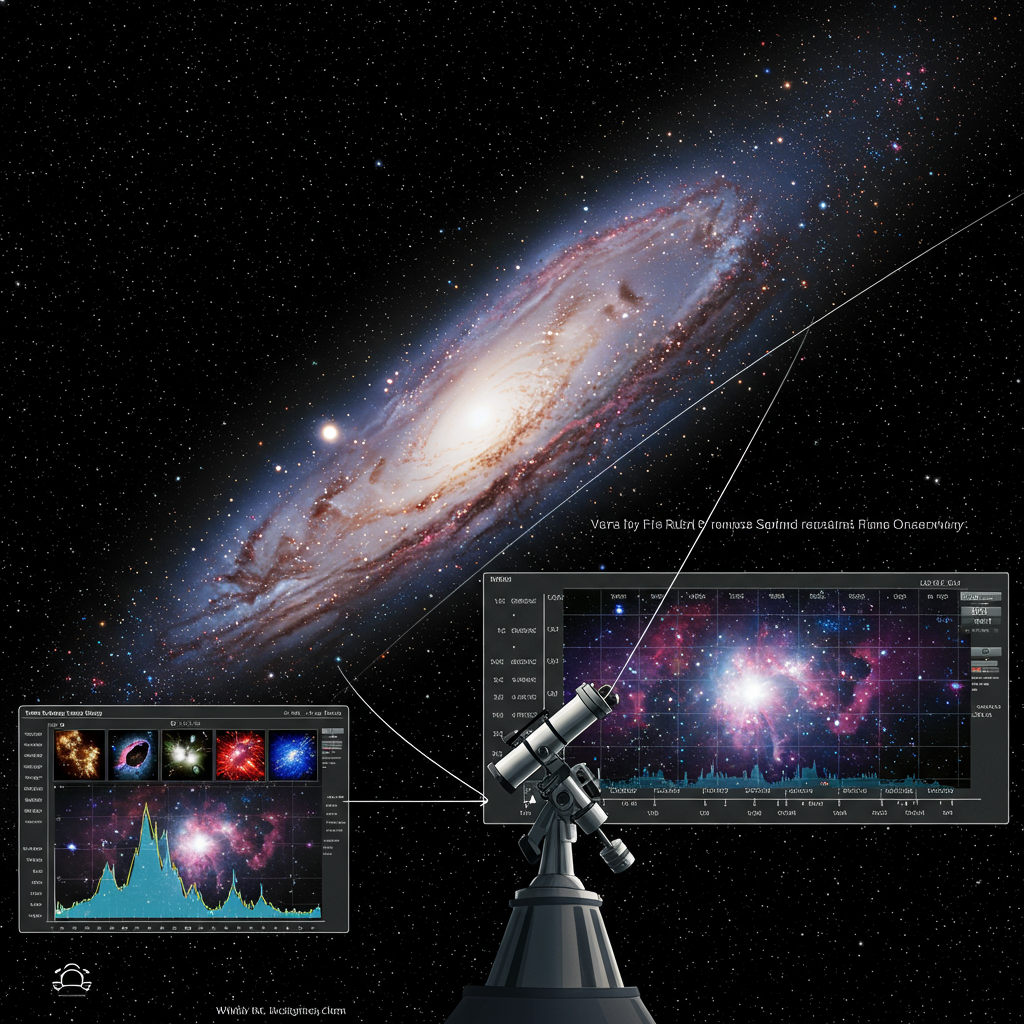China took a major leap forward in its ambitious bid to send humans to the moon, successfully completing a crucial test of the emergency escape system for its next-generation crewed lunar spacecraft, Mengzhou. This vital milestone brings China closer to its goal of putting taikonauts (Chinese astronauts) on the lunar surface for the first time.
What is a Pad Abort Test?
Space travel, while increasingly reliable, carries inherent risks. A critical safety measure for crewed missions is the ability to rapidly pull the spacecraft and its occupants away from a malfunctioning rocket, especially during the most dangerous phases like liftoff or while still on the launch pad.
A pad abort test simulates an emergency occurring when the rocket is on the launch pad. It verifies that the spacecraft’s escape system can quickly propel the crew capsule to a safe distance from a potential explosion or other hazard, even from a “zero altitude” start.
Mengzhou’s Successful Test Details
The China Manned Space Engineering Office (CMSEO) conducted this key test for the Mengzhou spacecraft today (June 17) at the Jiuquan Satellite Launch Center in northwest China. The “zero-altitude escape sequence” was initiated at 12:30 p.m. Beijing time (0430 GMT).
With only the Mengzhou capsule mounted on the launch platform (no rocket attached), solid rocket motors on the capsule’s escape tower ignited. These powerful engines fired for approximately 20 seconds, generating the thrust needed to rapidly lift the spacecraft away from the pad. Once sufficient altitude was reached, the escape tower was successfully jettisoned.
Following the separation, a trio of parachutes deployed, guiding the Mengzhou spacecraft to a controlled descent. It touched down safely on the desert surface just two minutes after ignition, cushioned by airbags. CMSEO officially declared the test a “complete success.”
Why Spacecraft Safety Tests are Crucial
Tests like this are fundamental to ensuring the safety of human spaceflight. They allow engineers to rigorously verify complex systems without putting lives at risk during development. Emergency escape systems have been a built-in feature of crewed spacecraft designs since the earliest days of space exploration.
Validating these systems is a complex undertaking. Developing reliable spacecraft escape systems, especially the parachutes needed for safe return, is notoriously difficult. Parachute behavior for heavy, high-speed capsules is challenging to model accurately and requires extensive empirical testing, demanding consistent, repeatable performance through numerous drop tests.
Various approaches exist for these vital escape systems, from “puller” systems like those used on Apollo and Soyuz (where the motor is on top of the capsule) to “pusher” systems (motor at the base, like Blue Origin’s New Shepard) or integrated engines built directly into the capsule (like SpaceX’s Crew Dragon). Each design requires thorough validation across different flight conditions, from the pad to high-speed ascent.
China’s Growing Lunar Ambitions
The successful Mengzhou pad abort test is a significant step forward in China’s broader objective: landing its taikonauts on the moon. This mission requires developing not only the spacecraft but also the powerful Long March 10 rocket to launch it and the Lanyue lunar lander for the final descent to the surface, all of which are currently under development.
China’s progress is notable and adds momentum to its lunar program, which aims for a crewed landing potentially around the same time or even before the United States can return astronauts via NASA’s Artemis program.
Context in the Global Space Race
While China pushes forward, the US Artemis program, intended to return Americans to the moon, faces potential challenges. NASA’s Orion spacecraft, also designed for lunar missions, successfully completed a similar pad abort test in 2019. However, the proposed White House budget for 2026 has raised questions about the future of key Artemis components, like the Orion capsule and the massive Space Launch System (SLS) rocket, potentially impacting missions planned after Artemis 3 (currently targeted for 2027).
This situation highlights the dynamic nature of the renewed international interest in lunar exploration, sometimes referred to as a “space race.”
What’s Next for Mengzhou?
With the pad abort test successfully completed, the next likely step for the Mengzhou development program will be an in-flight abort test. This would involve launching the capsule on a rocket and triggering the escape system at a higher altitude and velocity to test its performance under different aerodynamic and dynamic conditions.
Ultimately, the Mengzhou spacecraft, launched by the Long March 10 rocket in conjunction with the Lanyue lander, is designed to carry taikonauts to low Earth orbit for missions like servicing China’s Tiangong space station and eventually to orbit the moon, paving the way for historic lunar landings.
The successful pad abort test is a vital box checked, bringing China one step closer to realizing its ambitious vision of taikonauts walking on the moon.




